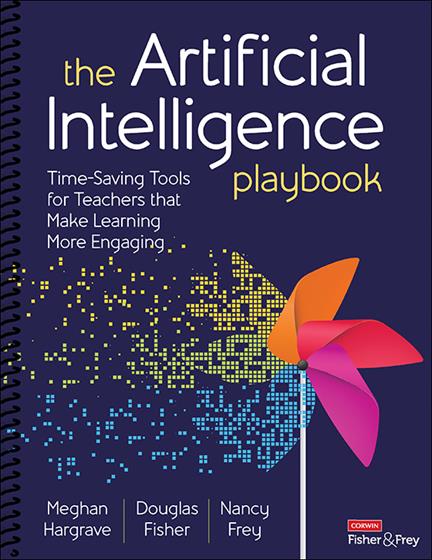Hands-on, Practical Guidance for Educators
From math,
literacy, equity, multilingual learners, and SEL, to assessment, school counseling,
and education leadership, our books are research-based and authored by experts
on topics most relevant to what educators are facing today.

Bestseller!
The Artificial Intelligence Playbook
Time-Saving Tools for Teachers that Make Learning More Engaging
A 2024 Google Ed Leaders Book Club pick
What if there was a tool that could make administrative tasks easier, save time, and get you back to teaching and engaging with students faster? Enter AI. The Artificial Intelligence Playbook: Time Saving Tools that Make Learning More Engaging is here to empower teachers to explore AI’s potential and discover practical ways to implement it to enhance their planning and instruction.
What if there was a tool that could make administrative tasks easier, save time, and get you back to teaching and engaging with students faster? Enter AI. The Artificial Intelligence Playbook: Time Saving Tools that Make Learning More Engaging is here to empower teachers to explore AI’s potential and discover practical ways to implement it to enhance their planning and instruction.
Product Details
- Grade Level: PreK-12
- ISBN: 9781071949634
- Published By: Corwin
- Year: 2024
- Page Count: 160
- Publication date: March 18, 2024
Review Copies
Review copies may be requested by individuals planning to purchase 10 or more copies for a team or considering a book for adoption in a higher ed course. Request review copy




